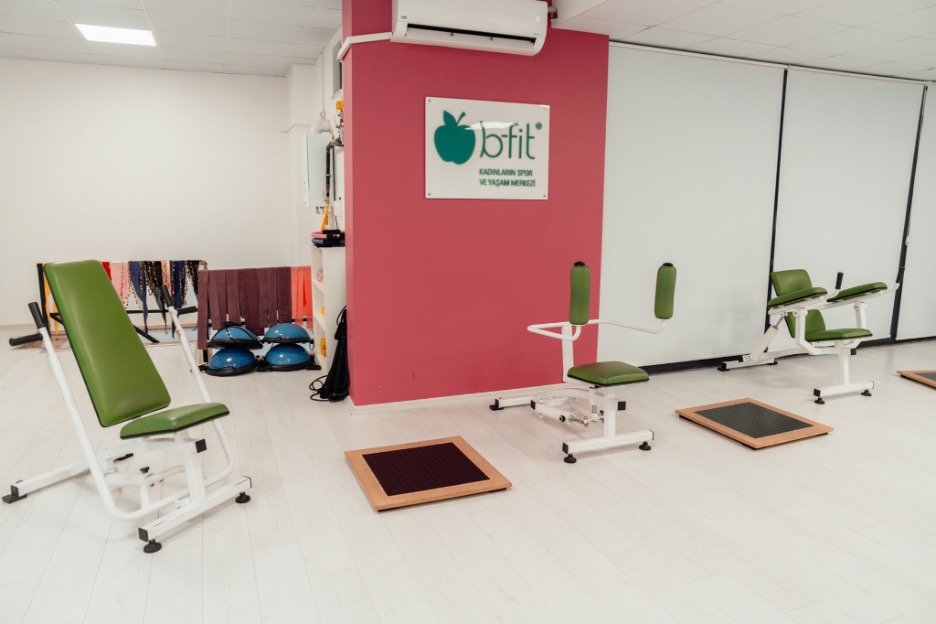
Reinventing the Office: How Conversions Are Shaping the Next Wave of Commercial Property

Photo by Ahmet Kurt on Unsplash
As hybrid working continues to reshape demand, landlords and developers are rethinking how to make better use of existing office space. The result? A growing trend of adaptive reuse seeing the conversion of office-to-residential, office-to-lab, and mixed-use. These projects can breathe new life into city centres and create fresh opportunities across the commercial property sector.
From Empty Desks to Active Spaces
The demand for traditional city centre office HQ’s began to drop in 2020, however this shift has opened the door for innovation. Many older offices, especially those struggling with low EPC ratings or inflexible layouts, are being reimagined as modern, sustainable, multi-use buildings.
Across the UK, we’re seeing everything from flexible workspaces with leisure amenities to co-living schemes and boutique hotels emerging from former corporate sites. These conversions allow owners to diversify income streams while supporting the wider regeneration of city centres, which are looking to serve the needs of a community that is no longer following a traditional 9-to-5 workday.
Policy Support for Repurposing
Government planning policy has made conversion easier in recent years. Permitted development rights (PDR) now allow a wider range of office-to-residential changes provided buildings meet certain standards and have prior approval from the local planning authority.
At the same time, local authorities are encouraging mixed-use regeneration that keeps town and city centres vibrant—often blending workspace, retail, hospitality, and residential uses within the same development. This flexibility is helping to rebalance commercial property markets still adjusting to post-pandemic working patterns.
Sustainability and Retrofit: A Smarter Approach
With growing pressure to improve energy performance, refurbishment and retrofit are increasingly preferred to demolition and rebuild. Converting an existing office into a more efficient use not only cuts embodied carbon and reduces the need for new material but also enhances the long-term asset value.
Upgrades such as heat pump systems, better insulation, and natural ventilation can make converted offices more appealing to tenants seeking ESG-compliant space. For investors, these improvements align sustainability goals with strong financial performance—a win-win in a competitive market.
The Future Office is Flexible
The office of the future won’t be defined by a single purpose. It will be part of a hybrid ecosystem—spaces that adapt to changing occupier needs and community uses. Developers who can balance commercial viability with design flexibility and sustainability will be best positioned to thrive.
As the boundaries between work, leisure, and living continue to blur, office conversions are proving that older buildings still have a bright future—just not always as offices.
NovaLoca lists thousands of office and mixed-use properties across the UK, from city-centre conversions to flexible workspace developments.

Leave a Comment